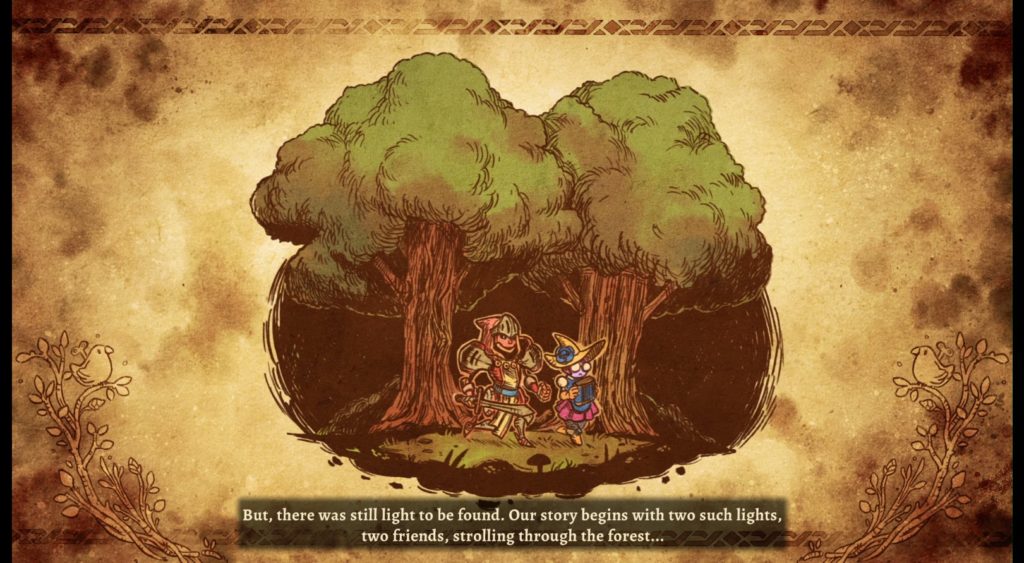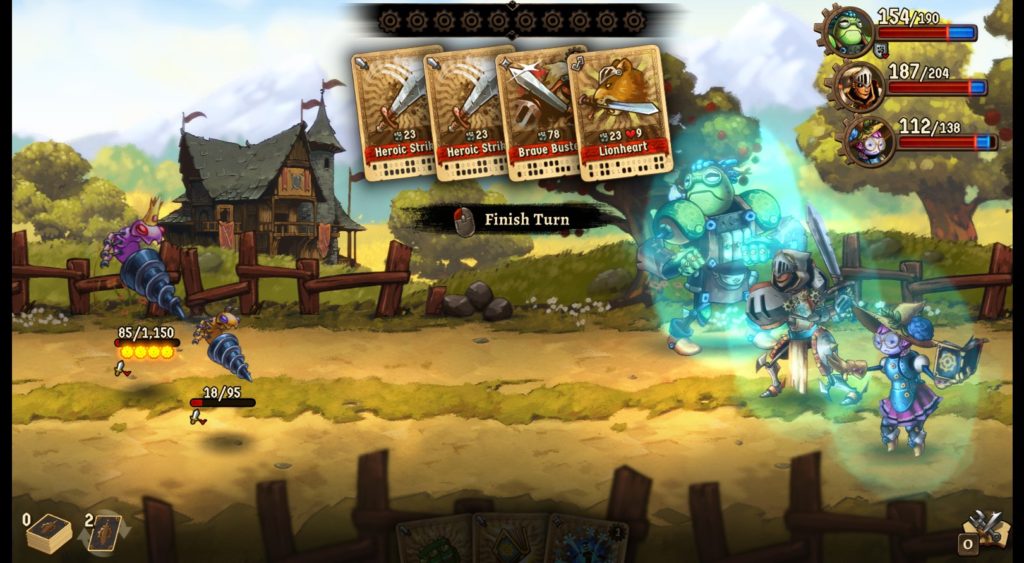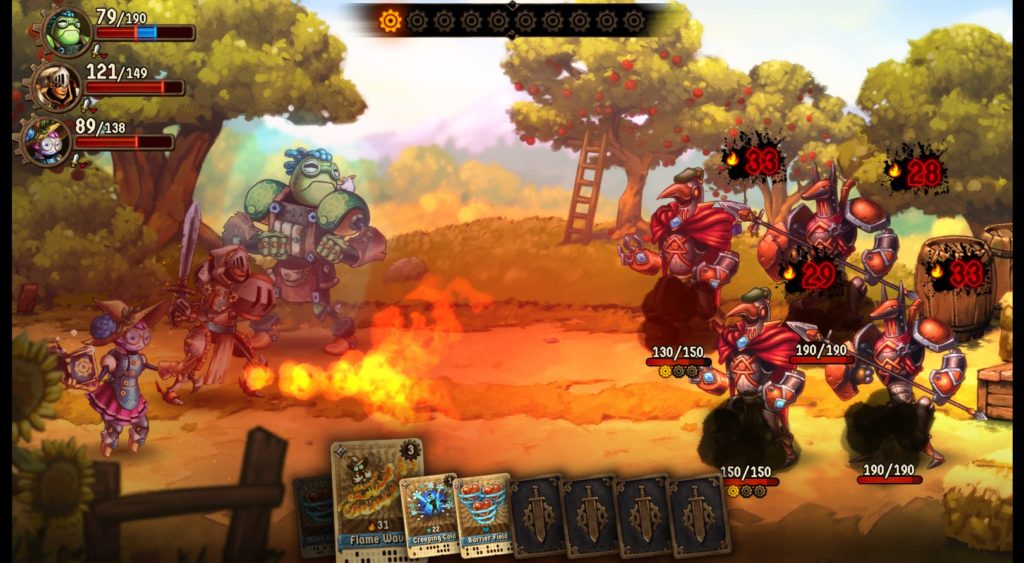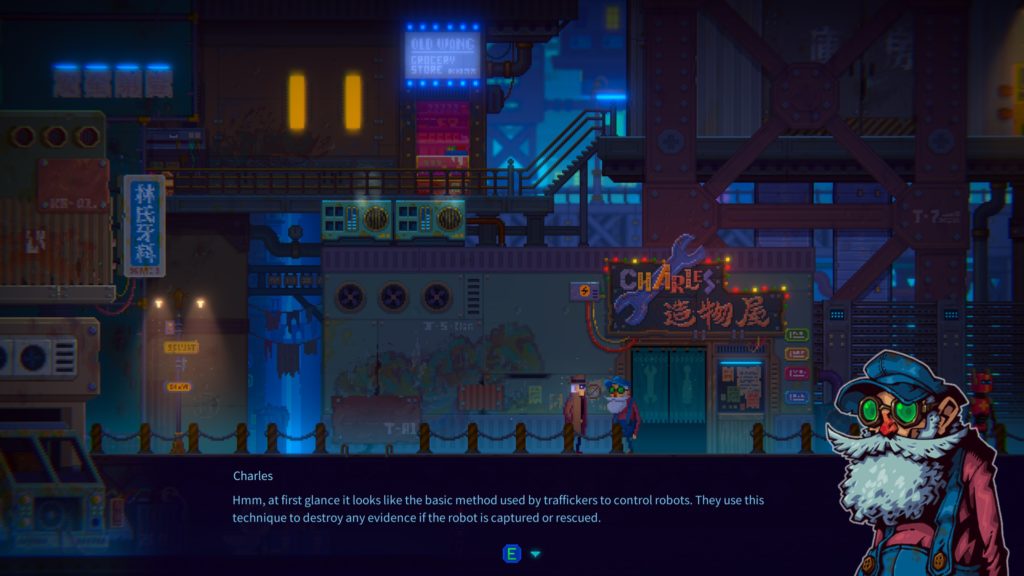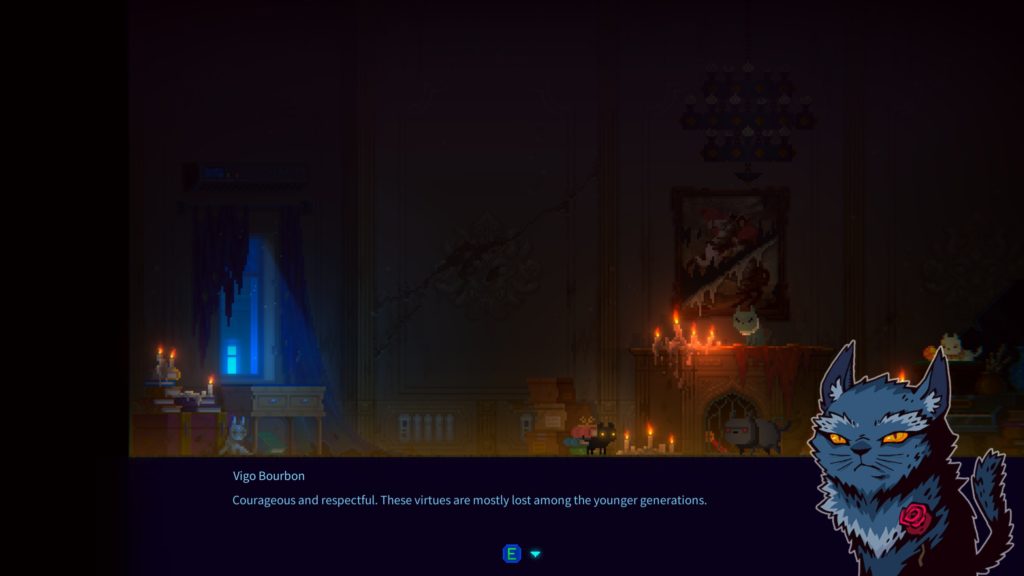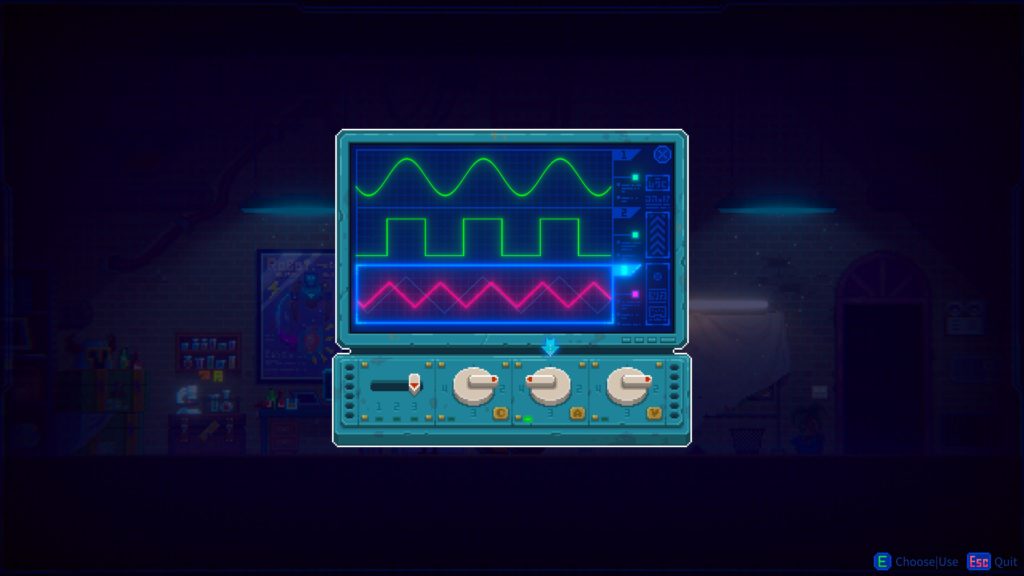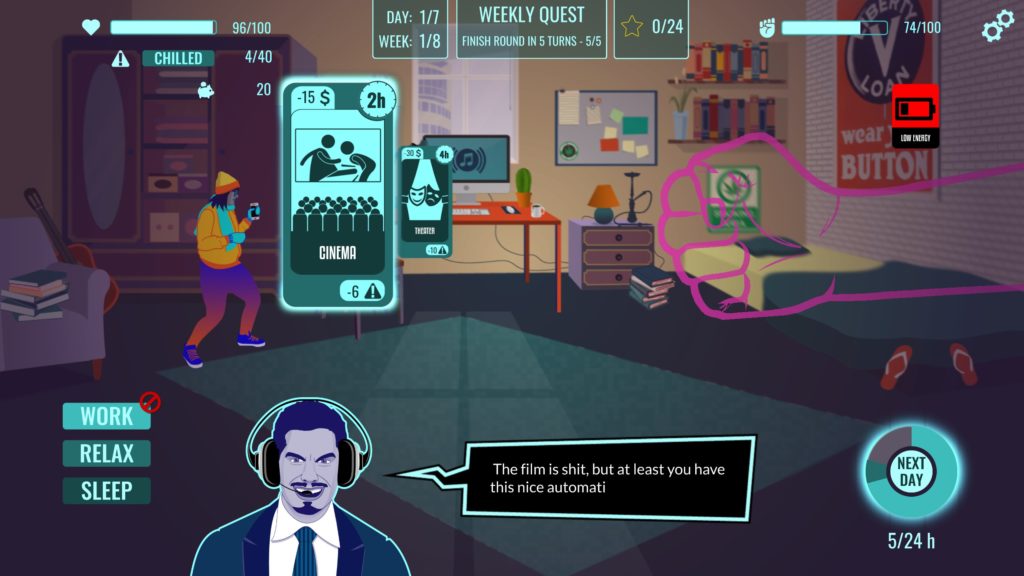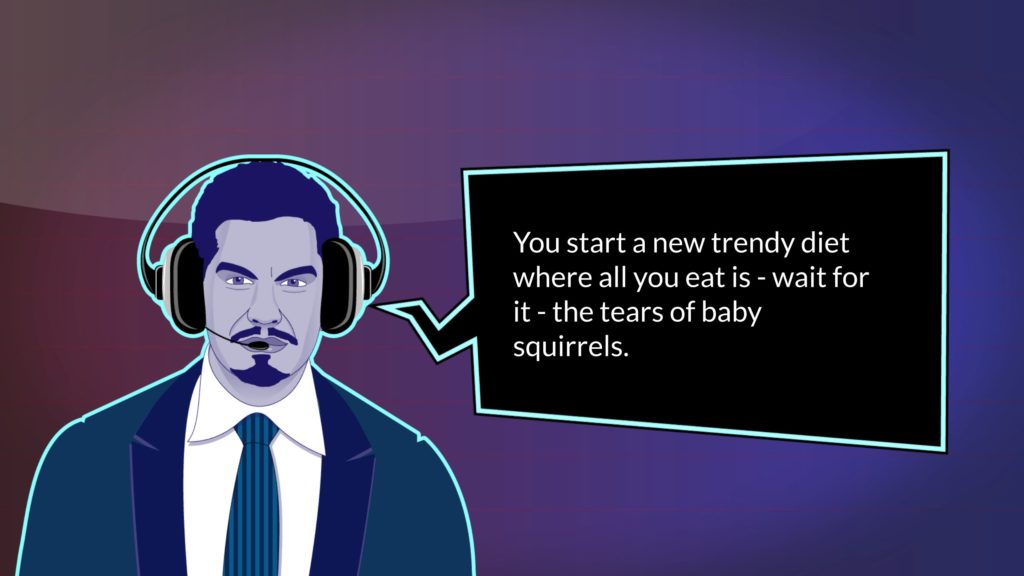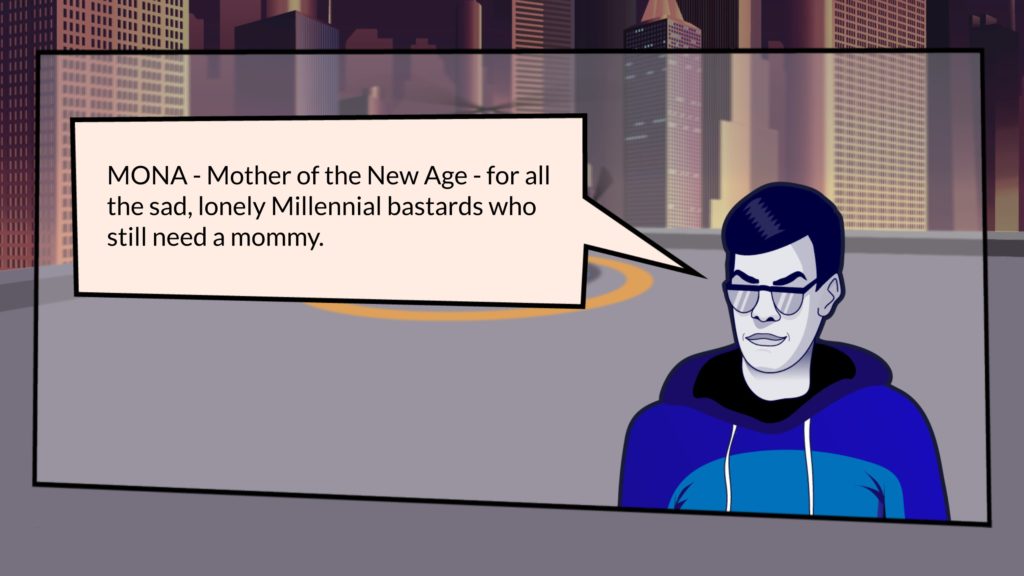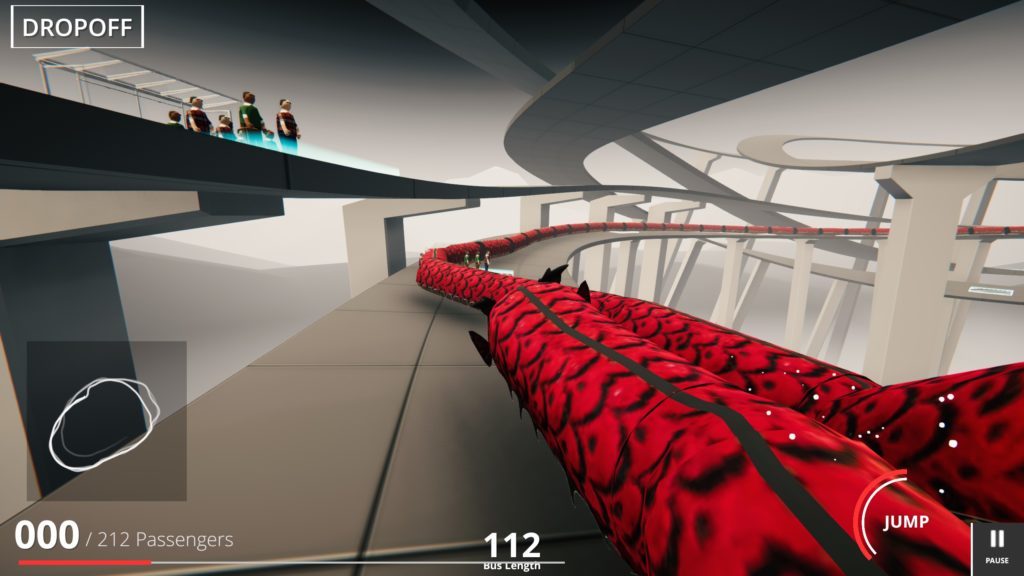60 Seconds Reatomized (Review)

Source: Free because I had both games on release 😛
Price: £6.99 (or £17.98 for both this and 60 Parsecs)
Where To Get It: Steam
I had, in the past, quite enjoyed 60 Parsecs, the 50s themed science fiction sequel to this game, so, when I’d heard 60 Seconds was getting a remaster of sorts, I thought: Good golly, I can have a jolly old time with a quite literal nuclear family, radiation sickness, marauders, and all!
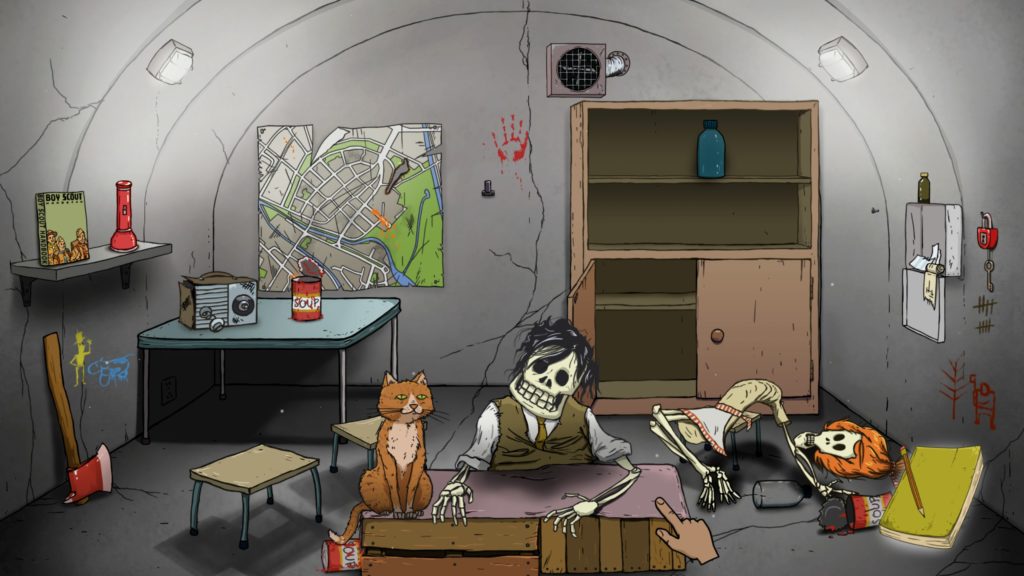
And, as I expected, I’ve been having a mostly good time with the remaster or 60 Seconds. After all, I came in with the expectation I wouldn’t survive for a long time, just build up an interesting collection of events before the family’s inevitable demise. In retrospect, I maybe should have gotten more soup. More soup is important.
RIP the nuclear family, who never had enough rich, nutritios tomato soup that claims to last for 763 years (It probably wouldn’t. But it would at least survive long enough for us to eat it.)
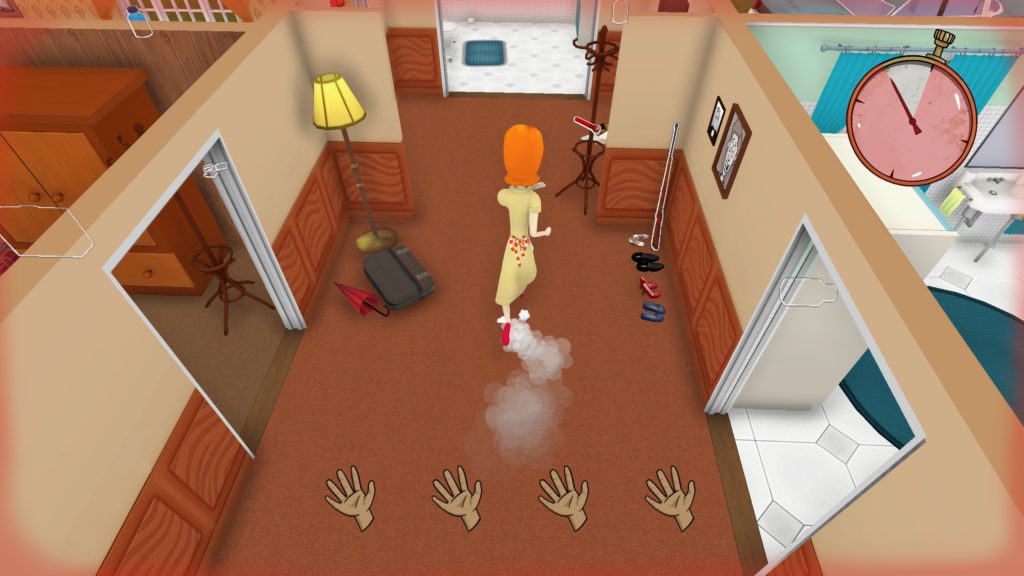
In any case, 60 seconds is a game of two parts, both of which you can play separately for practice. In the first, you’re rushing around your home, with 60 seconds to get as much as you can for your shelter, including family members, and then… The days go by. You go on expeditions, try to deal with problems, and keep your family hale and hearty, because if everyone’s too sick to go out, or dead, or starved… Well, you didn’t survive. Your eventual goal is to be rescued by the military, but, partly because events are random, and you’ll never know quite what you need for your particular run, and partly because the military is slow as heck to get things going, it is, as you might guess, unsurprisingly difficult.
Now, one thing that remains slightly jarring about 60 Seconds Reatomized is the difference in styles. For the majority of the game, it’s 2D and cartoonish, wonderfully so. But for the actual gathering of supplies, it’s 3D, and, not gonna lie, I would have enjoyed the style being consistent, as it is in 60 Parsecs, more. But I respect that they stuck with that decision, at the very least. It is, overall, aesthetically pleasing, with everything except the collection being very clear (the 3D portion is, as part of that gripe, less so), the music sticking to that 50s style, and fitting sound effects that warn you what type of event is coming, or when someone comes back, about five to ten seconds before you see it for yourself, and the writing remains amusing for many of the events.
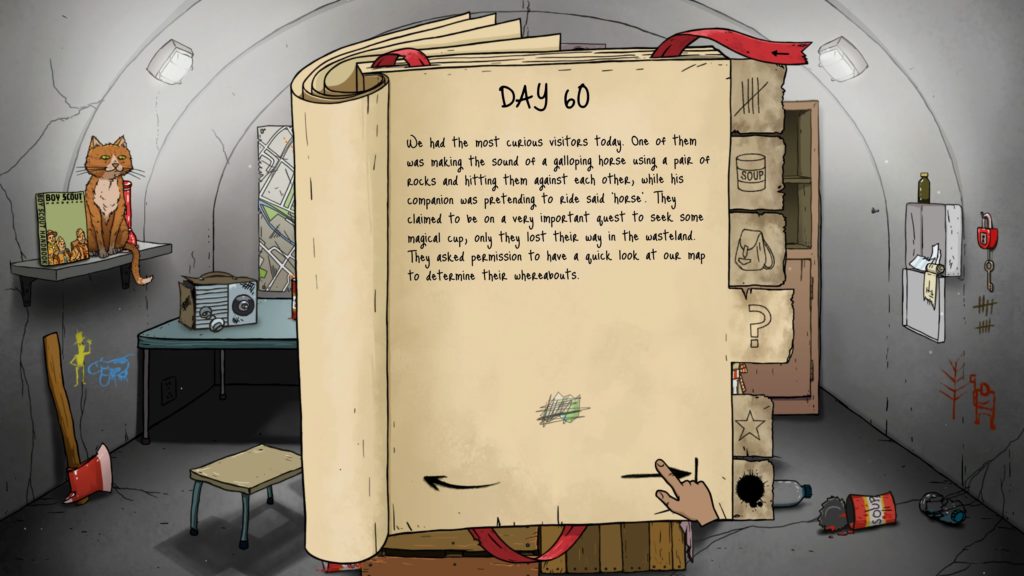
If I had any other gripes, it would be that the tutorial is very slow paced, but that, honestly, is a one time thing, so it is a minor gripe. Otherwise… Well, I expected exactly what I got, considering I’d reviewed the sequel beforehand: A fun, easy to learn, but difficult to master survival game, with adjustable difficulty (always nice), and solid writing and aesthetics. If you enjoyed 60 Parsecs, and hadn’t gotten 60 Seconds, the Reatomized is a good purchase… If you don’t already have it.
The Mad Welshman would, also, probably not survive a nuclear apocalypse. His mutated bones, however, would probably have a whale of a time.


